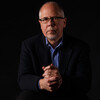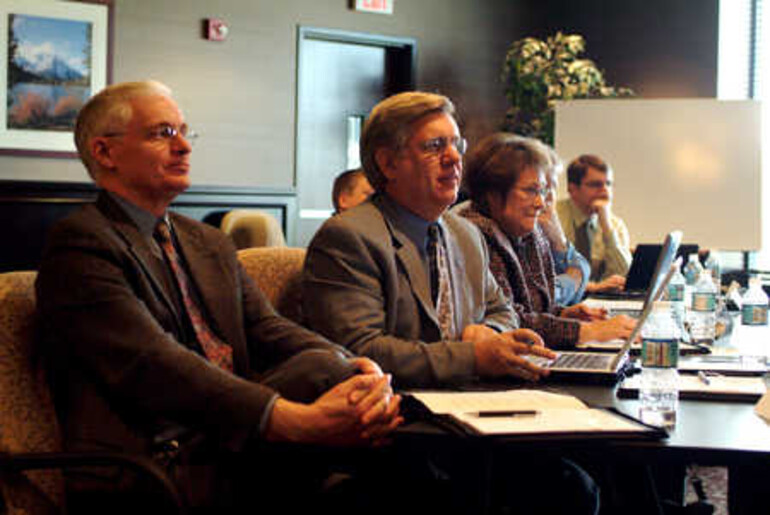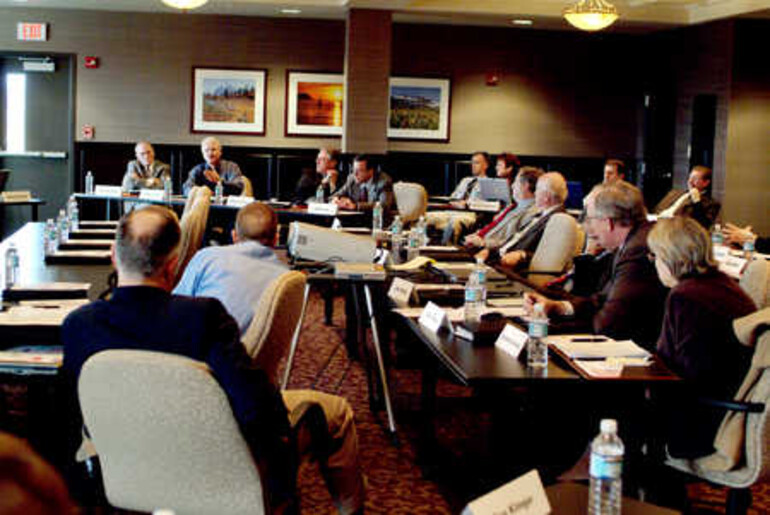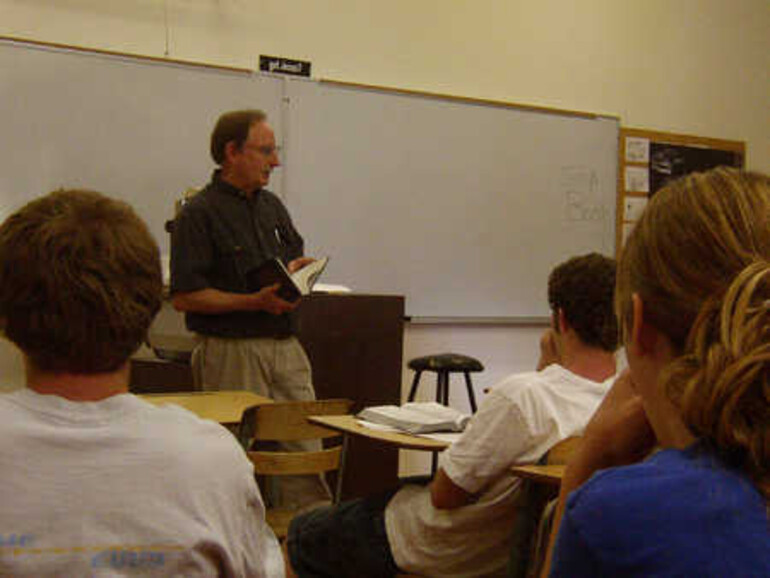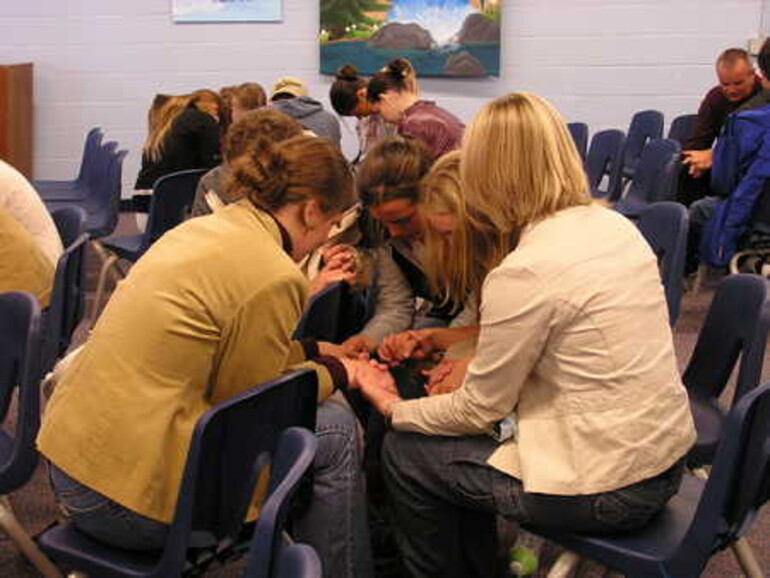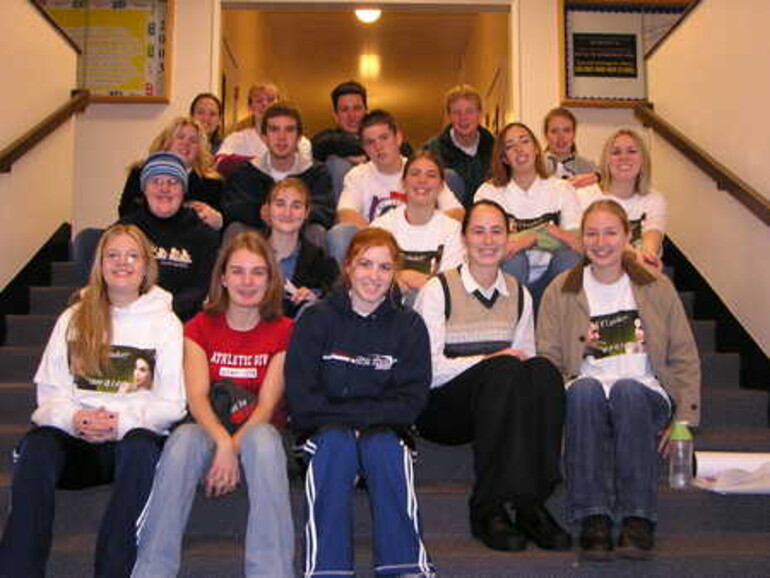An increasing number of Adventist parents today are viewing traditional Adventist education as optional. In fact, some observers estimate that nearly half of eligible Adventist students are not attending our church-subsidized schools.
Since the late 1800s, as the Seventh-day Adventist church developed a philosophy and structure for a private school system, Adventist parents have scrimped, saved and sacrificed to give their children a solid, Bible-based education. For some families, children, grandchildren and even great-grandchildren have graduated from the same Adventist institution.
Our world church operates nearly 7,000 schools and education institutions with more than 1.3 million students. Within the Northwest, our K-12 Adventist schools show more than 7,000 students attending annually along with 600 staff and faculty members.
Over the years, we have backed our educational philosophy with generous financial support. Some Adventist churches spend more than 30, 40 or even 50 percent of their annual budgets on local school subsidies and worthy-student funds.
Yet today, Adventist families are weighing their options. Along with their local Adventist school, they are looking at home schooling, other Christian facilities and even public education. They are comparing the alternatives with their personal values and priorities. If actions truly are louder than words, their choices are sending a message: Adventist education is no longer an automatic choice for Adventist parents.
Adventist education and our Adventist families in North America are standing together at a crossroads. And there is a growing perception that a 12-grade Adventist education (not to mention college) is gradually slipping beyond the financial means of all but a fraction of our members.
One person put it this way: "I can either pay my tithe, or I can send my kids through our schools. I can't do both."
Statements like that make church administrators and educators stop and smell the Postum. If tithe paying and Adventist education are becoming mutually exclusive for at least some Adventist families, then the time-honored philosophy and method of training our children mentally, physically and spiritually is also at risk. For one begets the other.
And that is significant, because while many other churches have historically focused their outreach on the adult demographics, the Adventist church for decades has understood that true evangelism begins at an early age, and Adventist parents have traditionally sacrificed to make it happen.
Contemporary Christian researcher George Barna* has personally experienced a dramatic turn-around in his own view of evangelism. "I have always accepted," he says, "the dominant notion that the most important ministry is that conducted among adults. But the overwhelming evidence we have seen of the huge impact in the lives of kids and relatively limited changes in the lives of adults has completely revolutionized my ministry. I have concluded that children are the single most important population group for the church to focus upon."
Results of Early Training
While there are exceptions to every generalization, three important research outcomes regarding personal moral and spiritual foundations have influenced Barna's new outlook:
A person's moral foundation is in place by the time they reach 9 years of age.
A person's spiritual beliefs are irrevocably formed by age 13.
Those who are active in church life in their 30s and 40s have also been involved in active training as children.
Barna goes on to observe that the probability of a child between 5 and 13 years old accepting Jesus Christ as their Savior for a lifetime relationship is around 32 percent, but drops to only 6 percent for those 14 years of age and older.
Ellen G. White, of course, repeatedly made the case for early childhood education. She echoed Jesus' own focus on children with these words: "In the children brought in contact with Him, Jesus ... saw some who would become martyrs for His sake. He knew that these children would listen to Him and accept Him as their Redeemer far more readily than would grownup people...He planted in their minds the seeds of truth, which in afteryears would spring up and bear fruit unto eternal life" Evangelism, p. 579.
And, the familiar axiom of Scripture is consistent with these findings as well: "Train up a child in the way he should go, and when he is old he will not depart from it" Proverbs 22:6.
When a young person leaves the church, the finger of blame often rests upon our educational institutions. But two other important institutions factor just as importantly, if not more so, into the spiritual future of our children: the home and the church.
It is possible for parents, schools and churches to be so busy with individual goals that they are like ships passing in the night. No wonder criticism comes so easily. Even home-schooling families, which should be the epitome of integration, can become isolated from other important influences.
Northwest Response
So what is our Adventist Church in the Northwest doing to address the challenges our Adventist parents and schools are facing? And how can Adventist parents help in forming practical solutions?
On January 24 and 25 of this year, the North Pacific Union Conference sponsored the first of several meetings of an Education Summit involving a select group of Northwest educators and administrators. Coordinated by Lanny Hurlbert, NPUC education director, the summit group focused on six different areas of concern that speak directly to the quality and value of Adventist education: Enrollment, Finances, Leadership, Marketing, Message & Mission, and Spirituality. Six study groups were formed during that initial meeting to explore each area and return with a preliminary report of brainstorming ideas at the next meeting.
On May 10, the summit reconvened to hear reports from each committee. In addition, special guests Jim Epperson from the Florida Conference and Dick Osborn, Pacific Union College president, were invited to make keynote presentations. Both underscored the importance of not being content with simply slapping "band-aid" approaches on to the existing system.
Osborn noted that the church has endeavored to make positive changes in the past. He cited the NAD education subcommittee which recommended in 1996 that "the denomination should adopt a systems approach to Christian education by broadening its scope to include all aspects of the church that touch the lives of its youth in such areas as Adventist schools, Sabbath School, Pathfinders, Adventist Youth, Adventist Junior Youth, summer camps, and other youth programs."
The research cited by Barna and others corroborates this recommendation and indicates the need for intentional change is more imperative than ever.
With that urgency in mind, here is how Northwest Adventist parents and concerned members can partner with educational leaders to help move the work of the Education Summit forward.
Your Comments Invited
The committee reports in their entirety will be available online at www.gleaneronline.org. You are invited to click on the Let's Talk button on the GLEANER Web site and add your comments on any of the six topics which correspond to the reports printed in this issue. This forum will be open for discussion on these issues until July 31. You can also email us at talk@gleaneronline.org or write to GLEANER, 5709 N. 20th Street, Ridgefield, WA 98642.
On August 16, the Education Summit group will review the responses and determine what changes need to be integrated into a final report to the NPUC executive committee on August 29.
Following acceptance of the reports by the executive committee, a smaller group will be formed, coordinated by Hurlbert, to work on prioritizing the recommendations and drafting a practical implementation plan.
It is also likely that the plan will include some form of "test marketing" the integrated systems approach proposed by Osborn within several church/school communities here in the Northwest.
The Cognitive Genesis study information highlighted by NPUC president, Jere Patzer, in this issue's editorial paints a very positive picture of the academic value of Adventist schools—certainly above average and better than many Adventists have perceived. But several years ago the Value Genesis study reminded us that if we want our children to develop a mature faith and strong sense of loyalty to the Adventist faith and mission, we must have our families, schools and churches working more closely and positively together. This Northwest-wide Education Summit is just the beginning of a positive change.
The overall goal is that our education system—from the smallest one-room schoolhouse and the most remote home-schooler, to the halls of Walla Walla University ... from the single parent home, to the local Pathfinder group and Kindergarten class—will be broadened in our minds and hearts to be what we are all about as a church.
It really should be at the core of our mission and the foundation of our evangelistic energy. The direction of our children determines the direction of our families and our church, and vice versa. It's a circle of life where each part affects the whole.
Is Adventist education something we can take or leave, or can it evolve to once again become a centerpiece of sterling value within the reach of all Adventist families? The answer is in our prayerful hands.
* George Barna's information is available at www.barna.org.




